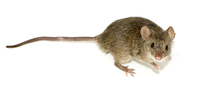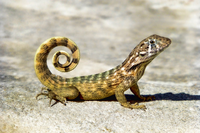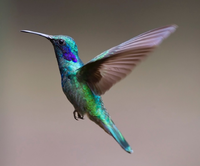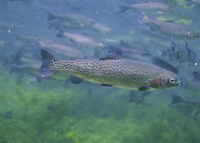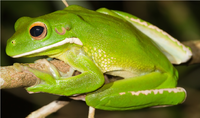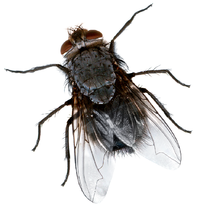Difference between revisions of "Animal"
| Line 22: | Line 22: | ||
|- | |- | ||
|[[File:Trout.png|center|200px]] | |[[File:Trout.png|center|200px]] | ||
| − | |[[File: | + | |[[File:Frog.png|center|200px]] |
|[[File:Fly.png|center|200px]] | |[[File:Fly.png|center|200px]] | ||
|- | |- | ||
| Line 30: | Line 30: | ||
|} | |} | ||
| − | + | ==Key Stage 2== | |
| − | |||
| − | |||
| − | |||
| − | |||
| − | |||
'''[[animal|Animals]]''' are made of [[cell (biological)|cells]] which contain a [[nucleus]], [[cytoplasm]], [[mitochondria]] and a [[cell membrane]], but no [[chloroplasts]], [[cell wall]] or [[permanent vacuole]]. | '''[[animal|Animals]]''' are made of [[cell (biological)|cells]] which contain a [[nucleus]], [[cytoplasm]], [[mitochondria]] and a [[cell membrane]], but no [[chloroplasts]], [[cell wall]] or [[permanent vacuole]]. | ||
Revision as of 09:28, 5 August 2018
Key Stage 1
Meaning
An animal is a living creature that can move around freely and eats other living things to survive.
About Title
- Animals eat other living creatures but they do not always have a mouth.
Examples
| A mouse is a Mammal. | This is a Reptile. | A Humming Bird. |
| A trout is a fish | A frog is an amphibian | A fly is an insect. |
Key Stage 2
Animals are made of cells which contain a nucleus, cytoplasm, mitochondria and a cell membrane, but no chloroplasts, cell wall or permanent vacuole.
